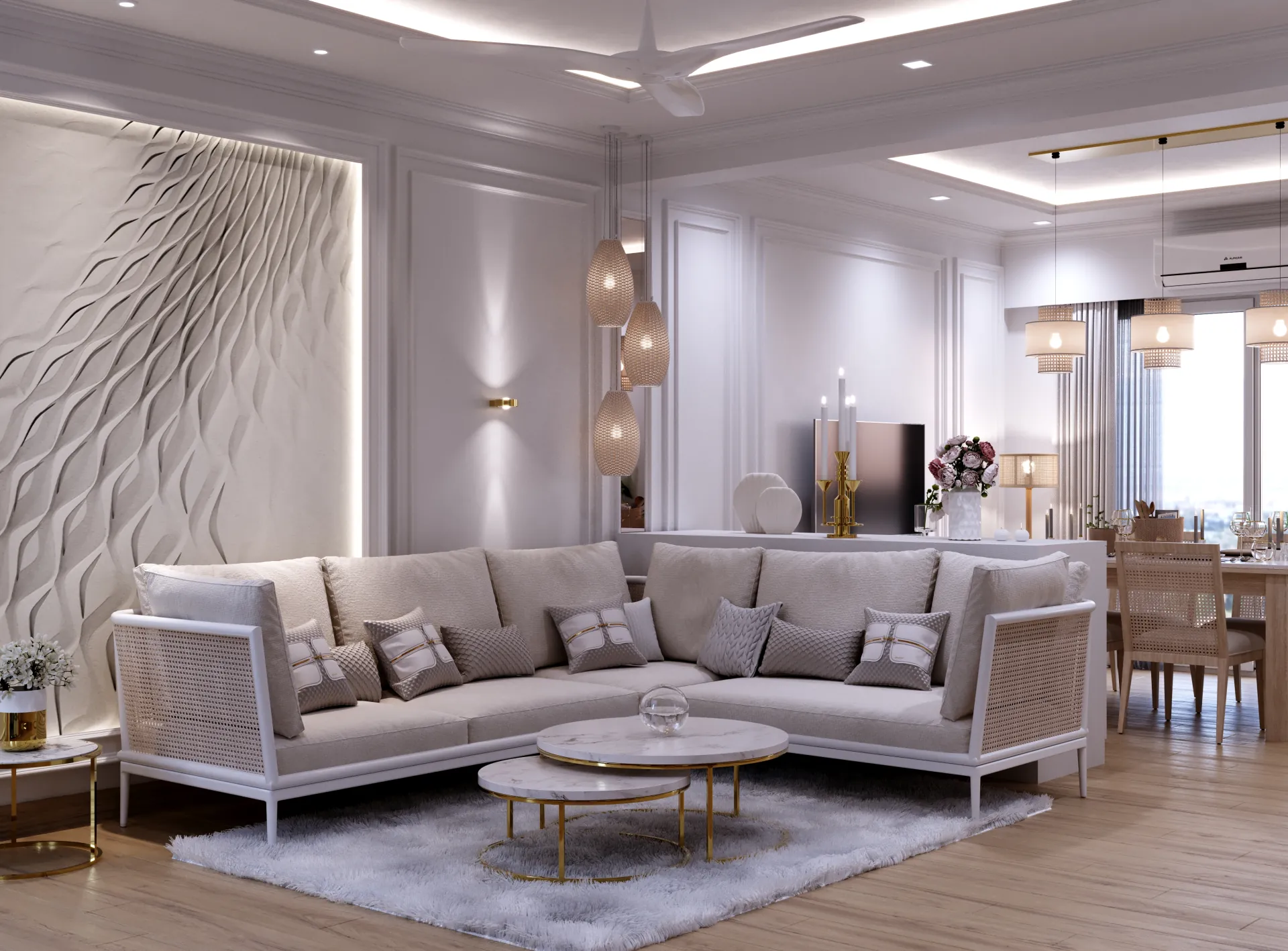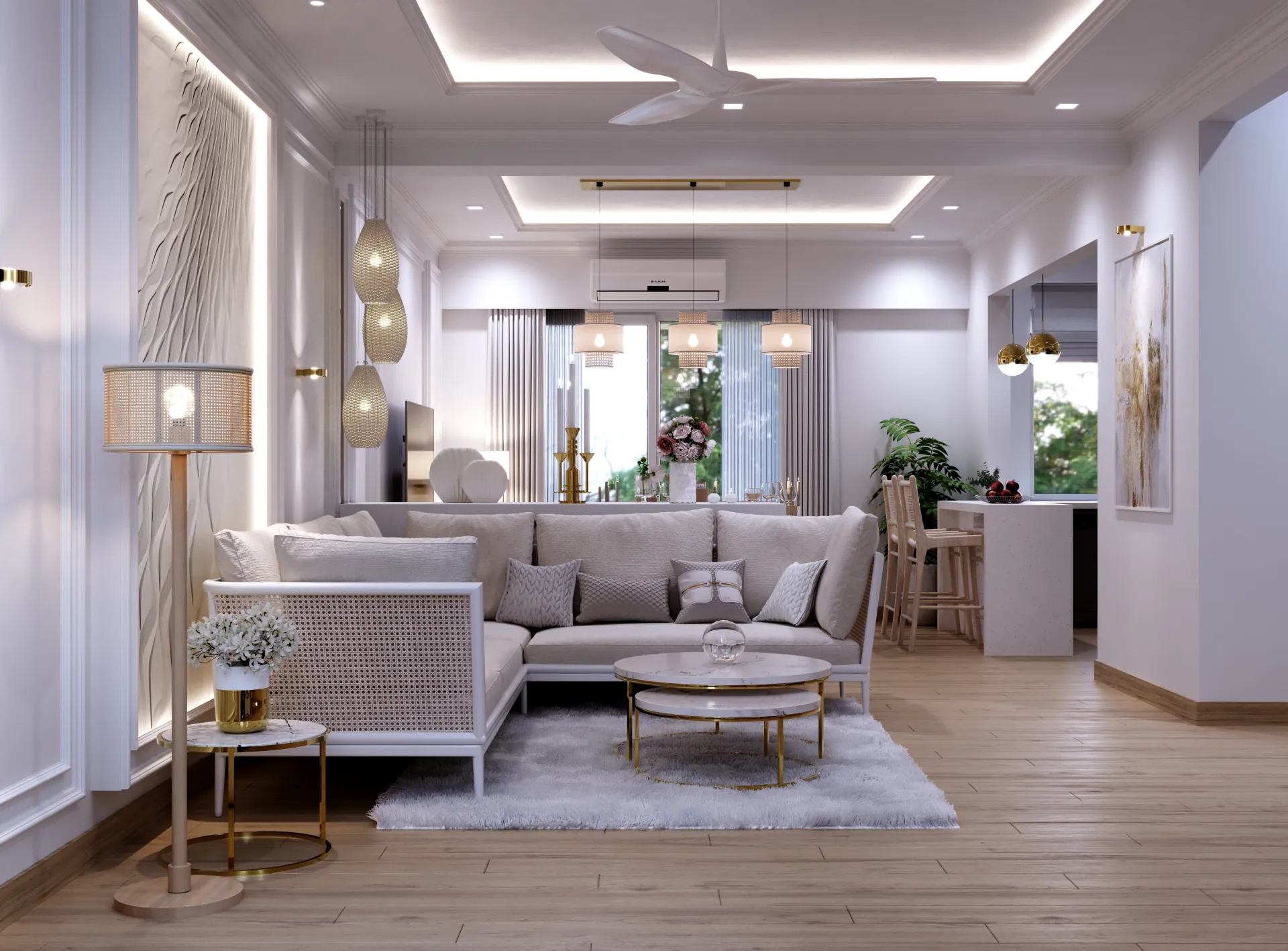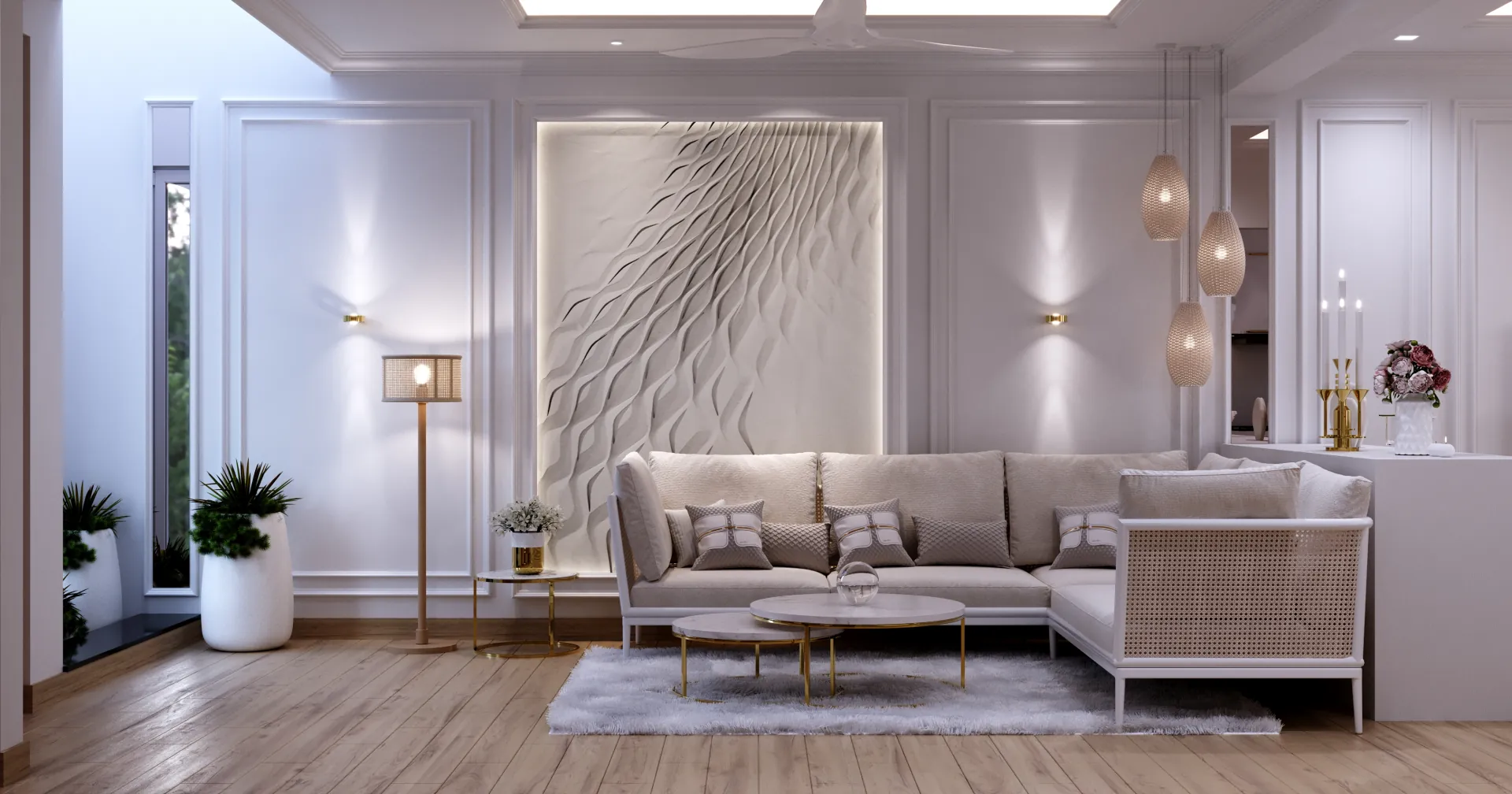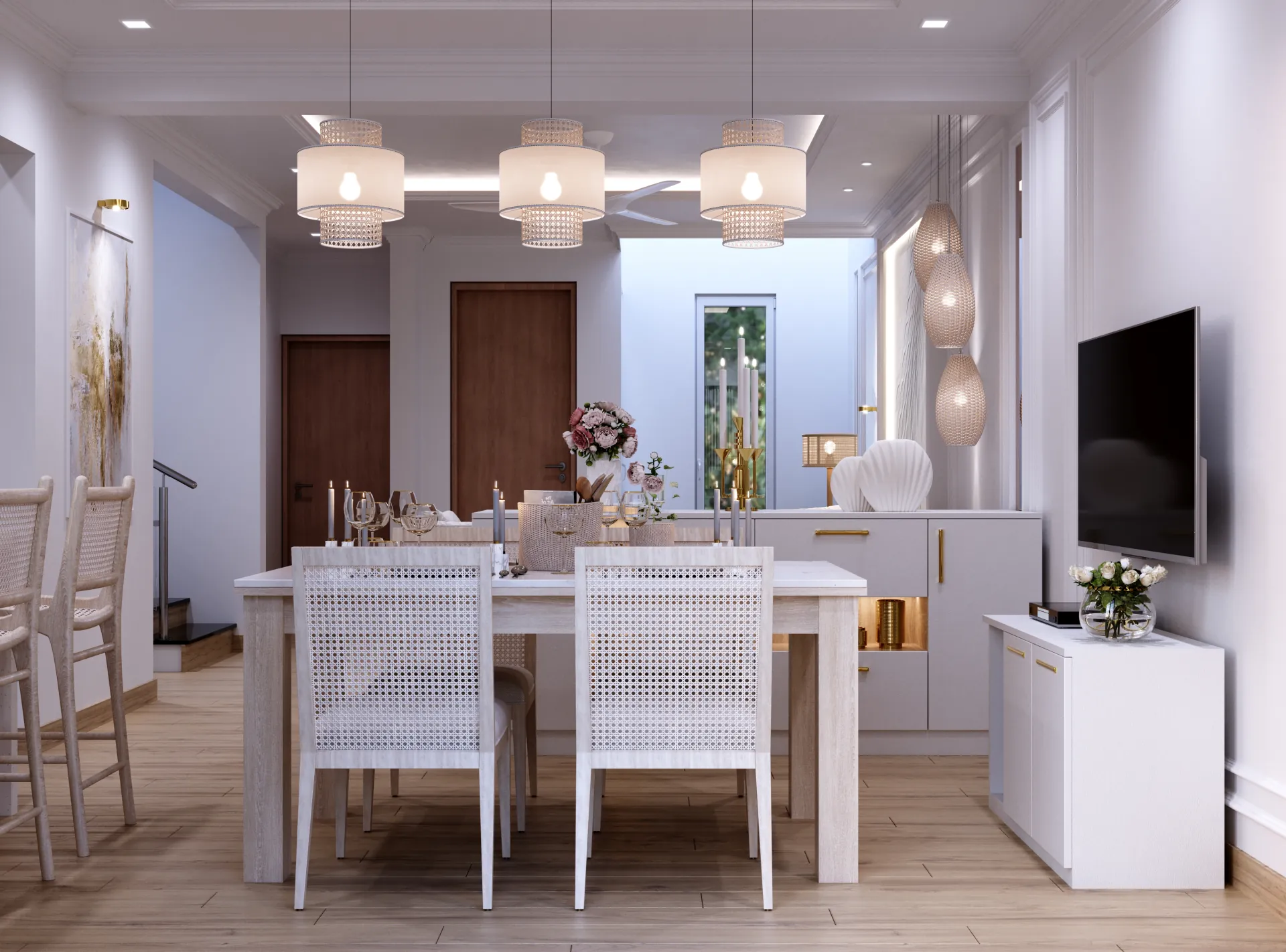- August 8, 2023

In a world increasingly focused on environmental responsibility, sustainable practices have entered various industries, including interior design. Bangalore, often called the Silicon Valley of India, is at the forefront of this emerging trend. Interior designers in Bangalore are embracing eco-conscious materials, energy-efficient systems, and biophilic design principles to create spaces that are not only visually stunning but also environmentally friendly. So, Let’s delve into the rise of sustainable practices in Bangalore’s interior design industry and how they are shaping the future of design.
The Rise of Sustainable Practices in Bangalore’s Interior Design Industry
Bangalore’s interior design industry is transforming significantly, with sustainability taking centre stage. The shift can be attributed to a growing awareness of our choice’s impact on the environment and the desire to create healthier and more comfortable spaces. Interior designers in Bangalore increasingly incorporate sustainable practices into their projects, considering factors such as material sourcing, energy efficiency, waste reduction, and indoor air quality.

Case Studies of Sustainable Design Projects in Bangalore
The Eco-Friendly Residential Complex:
Located in the heart of Bangalore, this residential complex is a shining example of sustainable design practices. The project incorporated various eco-conscious features to create a green and energy-efficient space. The complex boasts a green rooftop, which enhances the aesthetics and helps regulate the indoor temperature, reduce stormwater runoff, and provide a habitat for local flora and fauna. Energy-efficient lighting systems, including LED fixtures and occupancy sensors, were installed throughout the complex to minimize energy consumption. Additionally, the designers prioritized locally sourced materials to reduce the carbon footprint associated with transportation.

The Sustainable Residential Villa:
This residential villa in Bangalore showcases the creative use of sustainable materials and technologies to create an eco-friendly living space. The project focused on using reclaimed and recycled materials, such as repurposed wood and salvaged fixtures, to reduce the demand for new resources. The designers also incorporated energy-efficient lighting systems and smart home automation to minimize energy consumption. Solar panels were installed to harness renewable energy and reduce the reliance on grid power. The villa seamlessly blends sustainable elements with modern aesthetics, creating a harmonious and environmentally conscious living environment.
The Eco-Friendly Project:
This eco-friendly project in Bangalore demonstrates the integration of sustainable practices into the hospitality industry. The designers prioritized sustainable materials and systems throughout the building, aiming to minimize environmental impact while providing a luxurious experience for owners. The project features natural stone cladding, which adds an elegant touch and offers several eco-friendly benefits. Natural stones are formed over millions of years through natural processes, making them a sustainable choice for construction. Their availability is not dependent on limited resources or energy-intensive manufacturing processes. Additionally, natural stones have a relatively low carbon footprint compared to other building materials, as they require minimal processing and transportation.
The design also incorporates glass mosaic accents made from recycled glass. These glass mosaics enhance energy efficiency by allowing natural light to penetrate deeper into the space, reducing the need for artificial lighting during the day. Moreover, the project utilized eco-friendly wall coverings manufactured using sustainable processes, ensuring reduced environmental impact and improved indoor air quality.
The Impact of Sustainable Design
Sustainable interior design offers numerous benefits for both occupants and the environment. By utilizing eco-conscious materials, such as bamboo, cork, or reclaimed wood, interior designers can reduce the carbon footprint associated with manufacturing and transportation. Furthermore, sustainable practices contribute to healthier indoor environments by using low-VOC paints, natural ventilation systems, and biophilic design elements connecting occupants with nature. This focus on well-being enhances occupant comfort, productivity, and overall quality of life.

Future Trends
As sustainability continues to gain momentum, the future of interior design in Bangalore looks promising. We can expect a greater emphasis on circular design principles, where materials are reused, recycled, or repurposed at the end of their life cycle. Biophilic design, which incorporates natural elements into indoor spaces, is also expected to become more prevalent. Moreover, integrating smart technologies and energy-efficient systems will continue to evolve, enabling designers to create smarter, greener, and more sustainable spaces.
If you’re considering a new interior design project or renovating your home or workplace, why not explore sustainable design options? Seek out interior designers in Bangalore who specialize in sustainable practices and discuss how they can help you create an eco-friendly and visually appealing space. By choosing sustainable materials, incorporating energy-efficient systems, and embracing biophilic design principles, you can positively impact both the environment and your well-being.
